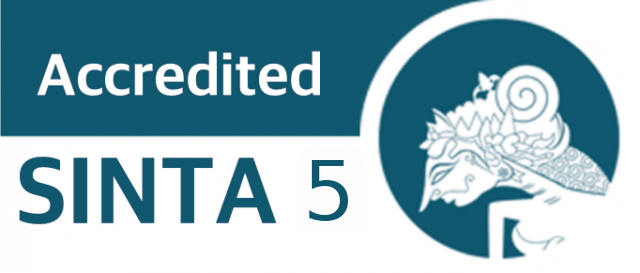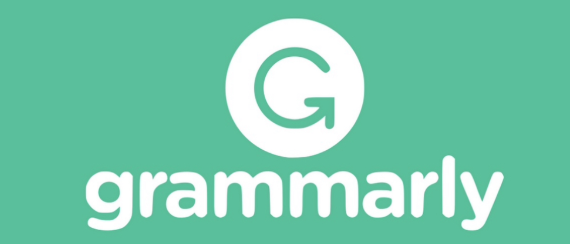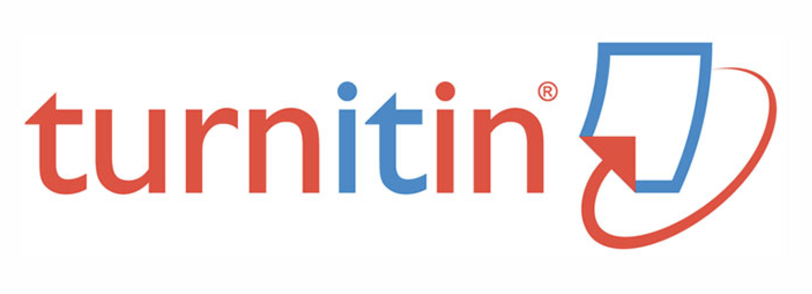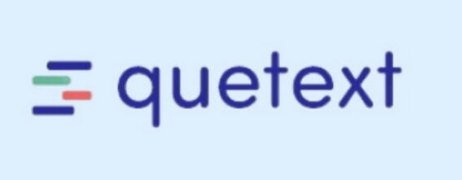Implementation of Policy Regarding Distribution of BLT for Extreme Poverty in Tambolongan Village, District. Bontosikuyu District. Selayar
Abstract
Keywords
Full Text:
PDFReferences
Agustino, L. (2006). Dasar-Dasar Kebijakan Publik. alfabeta.
Akhmad Mujahidin. (2014). Ekonomi Islam (Sejarah, Konsep, Instrumen, Negara, dan Pasar) Edisi Revisi,. Rajawali Pers.
Arikunto, S. (2013). Prosedur Penelitian: Suatu Pendekatan Praktik,. Rineka Cipata,.
Basrowi, & Surwardi. (2008). Memahami Penelitian Kualitatif. Rineka Indah.
Chapra, M. U. (1996). , What is Islamic Economics, IDB Prize Winner’s Lecture Series No. 9. Islamic Development Bank.
Dzulqarnain, G. Z., Meigawati, D., & Basori, Y. F. (2022). Implementasi Program Sustainable Development Goals ( SDGs ) dalam Upaya Penanggulangan Kemiskinan di Kota Sukabumi. PROFESSIONAL: Jurnal Komunikasi & Administrasi Publik, 9(1), 109–116.
Hakim, L., & Syaputra, A. D. (2020). Al-Qur’an dan Pengentasan Kemiskinan. Jurnal Ilmiah Ekonomi Islam, 6(3), 629. https://doi.org/10.29040/jiei.v6i3.1310
Huda, N. (2018). Ekonomi Makro Islam Pendekatan Teoritis,. KENCANA Cetakan ke-6.
Icha Annisa Aprilia, A. S. I. N. (2022). Peran Komunikasi Pemerintah Untuk Mewujudkan Good Governance Melalui Pelayanan Publik. Communication, VOL. 13(NO.1), 85.
Itang. (2015). Faktor faktor penyebab kemiskinan. Keislaman, Kemasyarakatan Dan Kebudayaan, 16(1), 1–30.
Karsasmita, G. (2006). , Pembangunan Untuk Rakyat: Memadukan Pertumbuhan dan Pemerataan,. Pustaka Cakra.
Kasenda, L. G. J., & Pioh, Novie R., A. K. (2022). “Peraturan Menteri Keuangan Republik Indonesianomor 201/PMK.07 /2022 Tentang Pengelolaan Dana Desa Pasal. Jurnal Transdisiplin Pertanian (Budidaya Tanaman, Perkebunan, Kehutanan, Peternakan, Perikanan), Sosial Dan Ekonomi, 18(1), 51.
M. Nur Arianto Al Arif dan Euis Amalia. (2016). Teori Mikroekonomi:Suatu Perbandingan Ekonomi Islam dan Ekonomi Konvensional,. Kencana, Cetakan Ke-3.
Maipita, I. (2013). Memahami dan Mengukur Kemiskinan (Absolute m).
Marten Nusi. (2023). Implementasi Kebijakan Penanggulangan Dampak Covid 19 Melalui Bantuan Langsung Tunai (Blt). Ilmiah Publika, 11(1), 208.
Molo, M. (2016). Kemiskinan: Konsep, Pengukuran Dan Kebijakan*. Populasi, 6(2). https://doi.org/10.22146/jp.11450
Naihasya, S. (2006). Kebijakan Publik Menggapai Masyarakat Madani. Mida Pustaka.
Neti Sunarti. (2016). “Implementasi Kebijakan Pemerintah Dalam Melaksanakan Program Pembangunan. Moderat, 2(02), 790.
Santoso. (2008). Analisis Kebijakan Publik Konsep, Teori Aplikasi. pusataka belajar.
Shihab, M. Q. (2002). tafsira al-mishbah pesa, Kesan dan Keserasian al-Qur’an. letera hati.
Suharto, E. (2009). Kemiskinan dan Perlindungan Sosial di Indonesia: Menggagas Model Perlindungan Sosial Universal Bidang Kesehatan,. Alfabeta.
Sulistiyani, A. T. (n.d.). Kemitraan dan Model – Model Pemberdayaan. Gava Media.
Sulistiyani, A. T. (2004). Kemitraan dan Model – Model Pemberdayaan. Gava Media.
Sunarti, N. (2016). Implementasi Kebijakan Pemerintah Dalam Melaksanakan Program Pembangunan. Moderat, 2(2), 790.
Suyanto, B. (1995). Perangkap Kemiskinan – Problem dan Strategi Pengentasannya,. Airlangga University Press.
Tadaro, micheal. C. S. (2008). Ekonomi Pembangunan Jilid I ( Edisi 9 ),. Erlangga,.
Taufan, A. (2022). Peran Bantuan Langsung Tunai (Blt) Dalam Membantu Perekonomian. Jurnal Cakrawala Ilmiah, 1(10), 2577.
Winarno. (2002). Teori dan Proses Kebijakan Publik. Medpress.
DOI: https://doi.org/10.26618/jeb.v20i1.15303
Refbacks
- There are currently no refbacks.
Copyright (c) 2024 Jurnal Ekonomi Balance

This work is licensed under a Creative Commons Attribution 4.0 International License.










